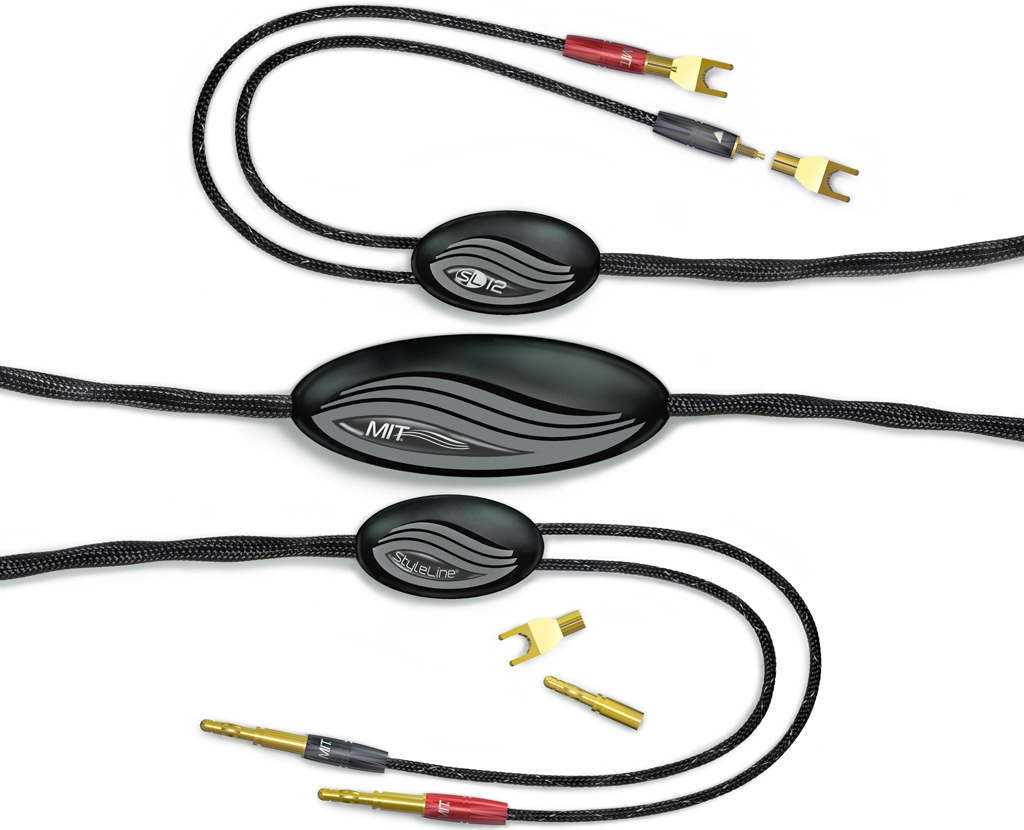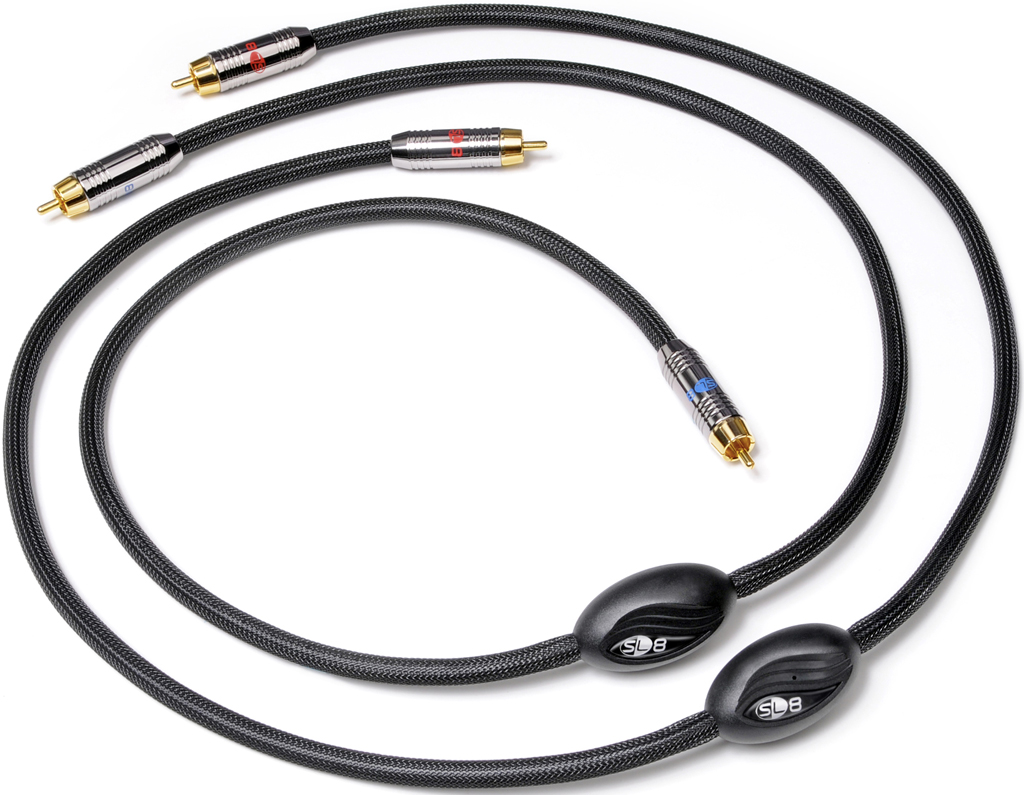It has been many, many years, (perhaps 25 or even 30?) since I have had my system decked out in MIT cables. Back when I discovered the joy of electrostatic speakers I splurged and invested in some MIT CVT interconnects and speaker cables. Those were in my system for a number of years until I discovered silver wire, and then rarely went back to copper. As I wrote that previous sentence, I couldn’t help but shake my head and laugh because, of course, we all know better. It’s not really about just the metal, is it? Of course the person laughing the hardest is MIT founder, Bruce Brisson. Mr. Brisson has been evangelizing the real and correct role of interconnects and wires for more than thirty years. Back in the 80’s (or was it the late 70’s?), when Mr. Brisson founded MIT, he founded the company on the basis that linking electronics and speakers requires more than just strands of conductive metal. They were required to be component interfaces. This was a term that was rarely used in those pre-computer software days. Through MIT, Mr. Brisson introduced the concept of engineering cables through use of individualized “poles” of differing measured characteristics that together provide a reliable, musical, and harmonious connection between two components.
Many of us may not understand the science or math behind component interface matching or worse yet, deny the fact that cables affect the sound of a system, but we have all fallen victim to improper or incompatible cables and/or components. Still, we roll the dice and perform a series of crapshoots when making key decisions in our component systems in the hopes that these will miraculously function harmoniously. I certainly have written enough cable reviews and you, the reader, have read many more of these to know that seeking out compatibility in cable and component is sometimes an expensive, time-consuming, and frustrating endeavor. This is especially true if you are shopping for cables that are affordable for us mere mortals. MIT is looking to change all of that. It is therefore with keen interest and measured excitement that I accepted the offer to review MIT’s latest offering in the world of Music Interfaces, the MIT StyleLine Series.
The StyleLine Series is the latest line of cables being offered by MIT. In fact, they are an entry level line of cables that include products for audio and video systems. This means that in addition to the usual audio-based offerings of speaker cables and interconnects, this new AV line includes such offerings as USB cables and HDMI cables. Most importantly, the MIT StyleLine represents the latest in a simplified and trickled-down “Multipole” technology that is employed in MIT’s more costly offerings, such as the Matrix and Oracle series of cables. In today’s world of high performance audio, the StyleLine Series cables are indeed attractively priced should they achieve their lofty sonic goals.
The MIT StyleLine speaker cables are available in configurations of 5 (SL-5), 9 (SL-9), and 12 (SL-12) poles of articulation with pricing of $500, $800, and $1,200 respectively per 8 foot pair. In similar fashion, the MIT StyleLine interconnects come in three configurations 3 (SL-3), 6 (SL-6), and 8 (SL-8) poles of articulation with pricing of $200, $300, and $500 respectively, for a 1-meter single-ended RCA pair. They are also available in balanced XLR configuration in 3 (SLXLR-3) and 6 (SLXLR-6) poles of articulation with pricing of $300 and $600 respectively, for a 1-meter pair. In this review, I will be exploring the sound and impact imparted on my reference system when configured with MIT StyleLine SL-8, SLXLR-6, and SL-12. Rounding out the full MIT set-up for purposes of this review, I am also employing the use of MIT Shotgun jumpers on my Eficion F300 speakers, and a full complement of MIT Magnum ZIII power cords for the power amps and MIT Shotgun ZIII power cords for source components. The MIT StyleLine Series includes power cords and jumpers in the future.
Installation and Break-in – Power Cords
For the purposes of this review, I decided to deviate from my normal method and first replace all power cords with the MIT cords since the actual subject of this review is the MIT StyleLine Series. I did so not just because of the opportunity to have an all-MIT system approach, but also because my reference power cords have proven to sometimes be a difficult match to cables of other designs. The MIT Magnum ZIII was installed on the Pass Labs X350.5 power amplifier and MIT Shotgun ZIII power cords on the Pass Labs XP-20 line stage, Zesto Audio Andros PS-1 phono stage, and Conrad Johnson UDP1 Delux universal disc player. I had already been advised by MIT that the cables were burned in. However, after quickly listening to the system’s signature, I decided to give the cables an additional burn-in of one week while away on business. Upon my return I confirmed that the additional time proved to be beneficial. This set the stage for establishing a baseline sound before introduction of the MIT StyleLine Series. To that end, I also installed the MIT Shotgun jumpers on the Eficion F300’s and noted a slight, audible change in high frequency extension and detail from the excellent EnKlein Titan jumpers.
My reference system’s signature did change in several aspects due to the change in power cords. First, the overall signature had an overall slight, added warmth in the upper bass. In addition and more importantly, bass response clearly improved in force and clarity at the lowest registers. Overall, it was a pleasant surprise to find these improvements in place moving into the main focus of the review, the MIT StyleLine Series!
- (Page 1 of 2)
- Next page →



